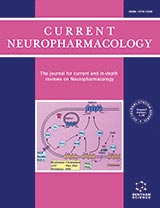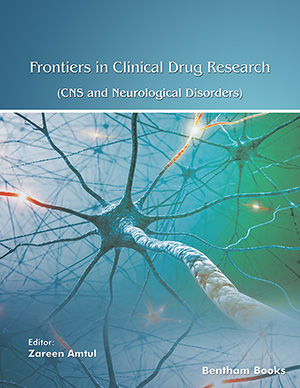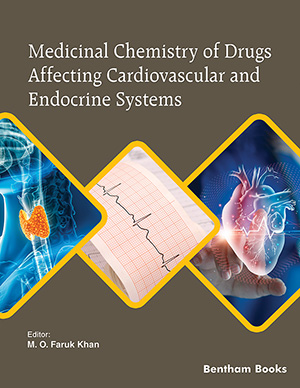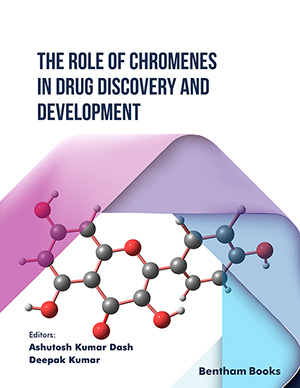Abstract
Background: Glaucoma is a neurodegenerative disease characterized by the progressive loss of retinal ganglion cells and optic nerve axons. According to its anatomical features, glaucoma is mainly subdivided into primary open-angle glaucoma (POAG) and primary angle-closure glaucoma (PACG). Exfoliation syndrome (XFS) and glaucoma (XFG) are characterized by the accumulation of extracellular materials in ocular tissues, particularly the lens surface and pupillary border. In addition to the two major forms of glaucoma, XFG is the most common cause of secondary open-angle glaucoma. Recent genome-wide association studies(GWASs) revealed genetic loci associated with each glaucoma subtype.
Methods: Review of literatures regarding GWASs for POAG, PACG and XFS.
Results: Several genetic loci were found to be independently associated with POAG, PACG, and XFS by large-scale GWASs.
Conclusions: Genetic studies may not only provide a better understanding of the pathophysiological mechanisms underlying the diseases, but also facilitate the development of new drugs or treatments.
Keywords: Primary open-angle glaucoma, primary angle-closure glaucoma, exfoliation syndrome, exfoliation glaucoma, genome wide association study, genetic variants.
Current Neuropharmacology
Title:Genetic Risk Factors for Glaucoma and Exfoliation Syndrome Identified by Genome-wide Association Studies
Volume: 16 Issue: 7
Author(s): Yoichi Sakurada*Fumihiko Mabuchi
Affiliation:
- Department of Ophthalmology, Faculty of Medicine, University of Yamanashi, Shimokato 1110, Chuo, Yamanashi, 409- 3898,Japan
Keywords: Primary open-angle glaucoma, primary angle-closure glaucoma, exfoliation syndrome, exfoliation glaucoma, genome wide association study, genetic variants.
Abstract: Background: Glaucoma is a neurodegenerative disease characterized by the progressive loss of retinal ganglion cells and optic nerve axons. According to its anatomical features, glaucoma is mainly subdivided into primary open-angle glaucoma (POAG) and primary angle-closure glaucoma (PACG). Exfoliation syndrome (XFS) and glaucoma (XFG) are characterized by the accumulation of extracellular materials in ocular tissues, particularly the lens surface and pupillary border. In addition to the two major forms of glaucoma, XFG is the most common cause of secondary open-angle glaucoma. Recent genome-wide association studies(GWASs) revealed genetic loci associated with each glaucoma subtype.
Methods: Review of literatures regarding GWASs for POAG, PACG and XFS.
Results: Several genetic loci were found to be independently associated with POAG, PACG, and XFS by large-scale GWASs.
Conclusions: Genetic studies may not only provide a better understanding of the pathophysiological mechanisms underlying the diseases, but also facilitate the development of new drugs or treatments.
Export Options
About this article
Cite this article as:
Sakurada Yoichi *, Mabuchi Fumihiko , Genetic Risk Factors for Glaucoma and Exfoliation Syndrome Identified by Genome-wide Association Studies, Current Neuropharmacology 2018; 16 (7) . https://dx.doi.org/10.2174/1570159X15666170718142406
| DOI https://dx.doi.org/10.2174/1570159X15666170718142406 |
Print ISSN 1570-159X |
| Publisher Name Bentham Science Publisher |
Online ISSN 1875-6190 |
 26
26 8
8
- Author Guidelines
- Graphical Abstracts
- Fabricating and Stating False Information
- Research Misconduct
- Post Publication Discussions and Corrections
- Publishing Ethics and Rectitude
- Increase Visibility of Your Article
- Archiving Policies
- Peer Review Workflow
- Order Your Article Before Print
- Promote Your Article
- Manuscript Transfer Facility
- Editorial Policies
- Allegations from Whistleblowers
- Announcements
- Forthcoming Thematic Issues
Related Articles
-
Periodontal Muco-Adhesive Formulations for the Treatment of Infectious Periodontal Diseases
Current Drug Delivery Recent Developments in CE-MS Based Metabolomics
Current Analytical Chemistry Editorial (Thematic Issue: Targeting Phosphodiesterases (PDEs) for Treatment of CNS Diseases)
Current Pharmaceutical Design Catatonia: A Brief Update
Current Psychiatry Reviews A Historical and Clinical Perspective Endorsing Person-centered Management of Fibromyalgia Syndrome
Current Rheumatology Reviews Regular Physical Activity and Vascular Aging
Current Pharmaceutical Design Regulative Roles of Ghrelin in Ingestive Behavior, Upper Gastrointestinal Motility, and Secretion
Current Nutrition & Food Science Role of Dopamine Signaling in Drug Addiction
Current Topics in Medicinal Chemistry T Lymphocytes as Targets of Gene Transfer with Moloney-Type Retroviral Vectors
Current Gene Therapy Therapeutics and Carriers: The Dual Role of Proteins in Nanoparticles for Ocular Delivery
Current Topics in Medicinal Chemistry Membrane Transporters as Determinants of the Pharmacology of Platinum Anticancer Drugs
Current Cancer Drug Targets Lifestyle and Health promotional Guidelines in Irritable Bowel Syndrome Patients from the Viewpoint of Persian Medicine
Current Traditional Medicine Lights and Shadows on Monoamine Oxidase Inhibition in Neuroprotective Pharmacological Therapies
Current Topics in Medicinal Chemistry The Plastic Phenomenon Underlying the Associative Processes in the Addictive Properties of Diazepam and Other Psychoactive Drugs
Mini-Reviews in Medicinal Chemistry Aceclofenac: Species-Dependent Metabolism and Newer Paradigm Shift from Oral to Non-oral Delivery
Current Topics in Medicinal Chemistry Current Biology of MTP: Implications for Selective Inhibition
Current Topics in Medicinal Chemistry Neurobiological and Psychosocial Processes Associated with Depressive and Substance-Related Disorders in Adolescents
Current Drug Abuse Reviews Energy Expenditure of Hunter-Gatherers: When Statistics Turns to be Unreliable
Endocrine, Metabolic & Immune Disorders - Drug Targets Zolpidem Therapy for Movement Disorders
Recent Patents on CNS Drug Discovery (Discontinued) Cannabinoid Function in Spatial Learning: An Update
Current Neuropharmacology



























